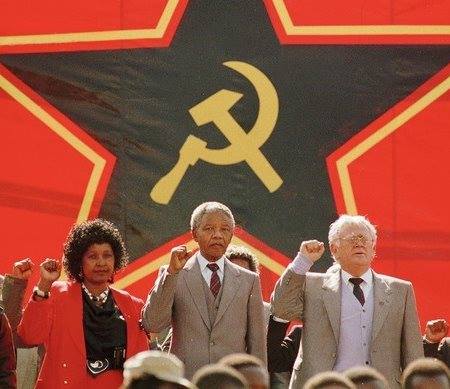Which Way, South Africa?
South Africa finds itself at a crossroads. With the rise of relative isolationism through the Trump Doctrine, and the failure of liberal democracy as the West collapses inward, South Africa needs to decide which model of government it will follow.
Local scenario planners such as Clem Sunter, Frans Cronje and Jakkie Cilliers pitch South Africa’s future as a neo-liberal state, ignoring the monarchies owning roughly 20% of the country. Perhaps this basic model can work, but since neoliberalism is in decline and not working for South Africa, other paths beckon.
This decision comes at a time of great flux worldwide. At the international level, quantitative easing ruled the Western world since 2008. Where a proper depression would have resulted in a negative economic curve and depression, the failed quantitative easing policy resulted in a positive economic curve that meant rapid growth while lower classes remained relatively poor.
South Africa’s government went one further, and instead of joining the ranks of the slow speed first world, they pitched in with BRICS (Brazil, Russia, India, China and South Africa) operating at a higher speed, attracting more investments. However, the “S†part did not attract those investments.
It is not all doom and gloom however, since China provides an interesting alternative. In 1820 China was the biggest economy in the world, but then lagged behind the West. Today they are the second biggest. The bulk of that improvement happened since 1978 over the course of four decades.
The international part of the question is easy: South Africa should stick with BRICS. The local part is tricky due to local infighting in government. This infighting endangers the politics of infrastructure.
An important – but often underappreciated – role of government is to choose the type of infrastructure that is destined to shape the country’s future development path.
The article describes how railroads were advantageous to the South Africa economy as a means to transport goods and raw materials such as minerals intended for export.
The lessons for today? Politics shape the type of infrastructure that’s built. And infrastructure shapes the direction of economic development.
If political infighting continues, the lack of a choice regarding an infrastructure plan will determine the direction of South Africa’s development. No political decisions by any party will change the outcome.
TBefore any infrastructure decision can be made, politics need to re-invent itself without the help of foreigners. One could almost point to a second “Peace-table†session.
Local history provides even further insight. The 1930 depression was by all accounts a terrible period, but having survived it, South Africa can surely find inspiration from how the poor were uplifted, as opposed to the rich being enriched.
The infrastructure referred to in this case is water and specifically the Boegoeberg dam project, in the Northern Cape Province, as was written in the book Boegoebergdam se Mense: ‘n Flukse draai van die Wiel. This book is available from the Water Department close to the town of Groblershoop.
The basic story is that the government at the time decided to improve conditions for that part of the country by using water from a fairly big river. The general idea was to build a dam while adding water canals to it for agricultural access.
Building a dam obviously requires manpower, but the bulk of the manpower was required by the canals. The only prerequisite to be accepted as a worker was that you had to “have nothing.†In other words, you were destitute with only the clothes on your back.
There were quite a number of people, enough to establish a little town, with church and school, which, in the beginning moved with the canal as it was built over time. The initial canal was a pure dirt canal and the people stayed in burlap tents, eventually replaced with military style tents as the project established itself.
Those workers were destitute, without proper clothes and without toilet paper, but they were promised eight hectares after project completion, which they then had to develop on their own, in three years. Â One can almost say that Boegoeberg became a human fountain, by attracting poor people from across South Africa, where they developed agriculture in their own life times, but allowed their educated children to return substantial value to the wider country.
I am the grandchild of one of them. Perhaps South Africa should establish more human fountains as China is doing, instead of enriching foreigners. When it chooses its future path, it is best to remember that local productivity is more important than keeping pace with the trend-addled international political scene.
Tags: BRICS, china, human fountains, poverty, south africa










